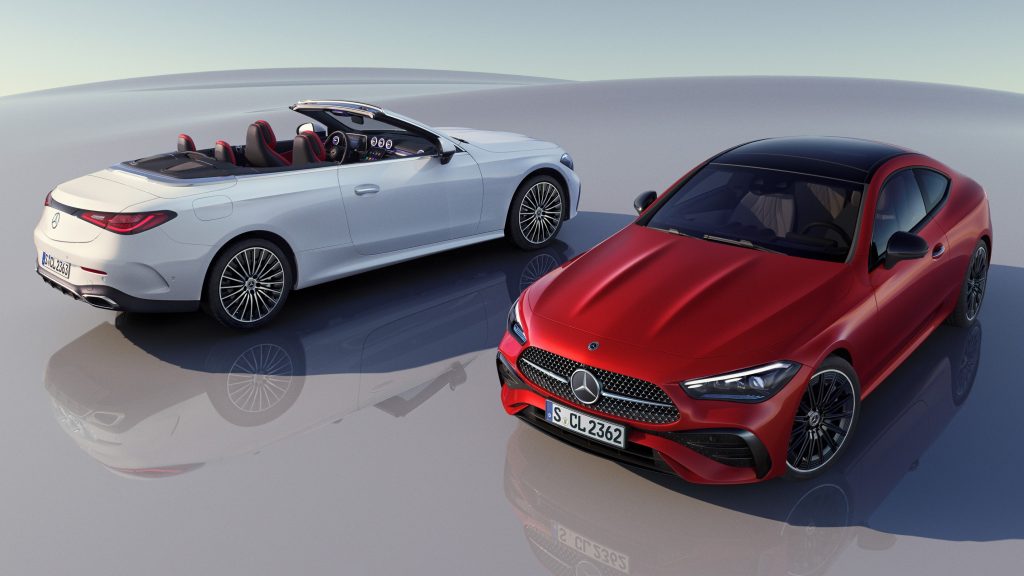Twenty years took the very first four-door coupé from a niche offering to establishing the latest global trend. Join us as we go through the history of the Mercedes-Benz CLS
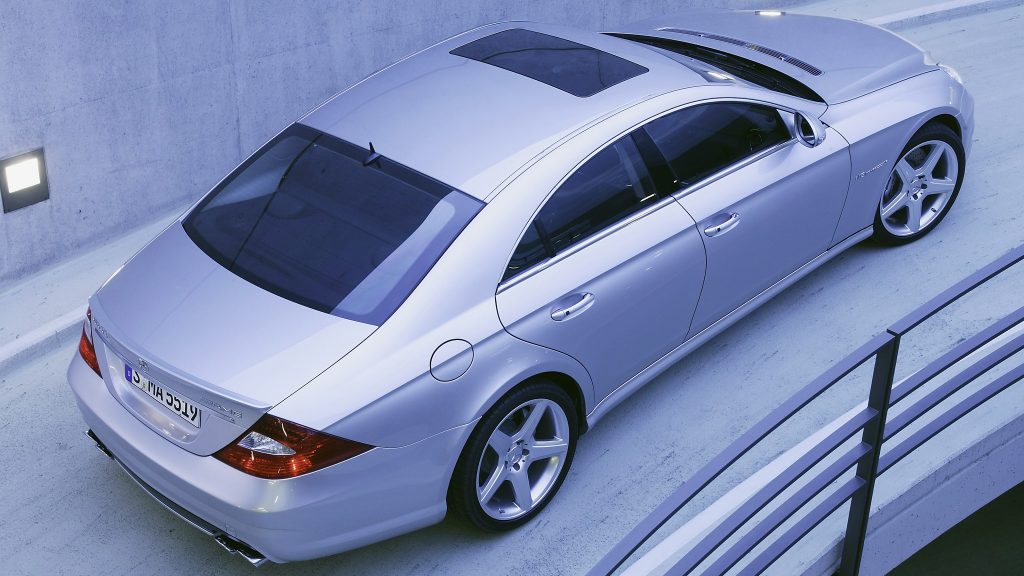
According to Car and Driver, the German carmaker confirmed that it will build the Mercedes-Benz CLS up to August 31st. There are no plans for a direct successor, so 2023 will be its final model year. At first, one could think that it is just another normal line update, right? After all, car models come and go every year. The thing is, we are talking about a special case here. An unassuming pioneer of the modern times.
In short, the Mercedes-Benz CLS brought us the four-door coupé body style. Yes, the very same we now see in cars from the Citroën C4 to the Porsche Taycan, not to mention several SUVs. The best part of this story, however, is that the car never meant to cause such a revolution in the first place. In this article, we are going to show you the different stages of its life and explain more of that beautiful design concept.
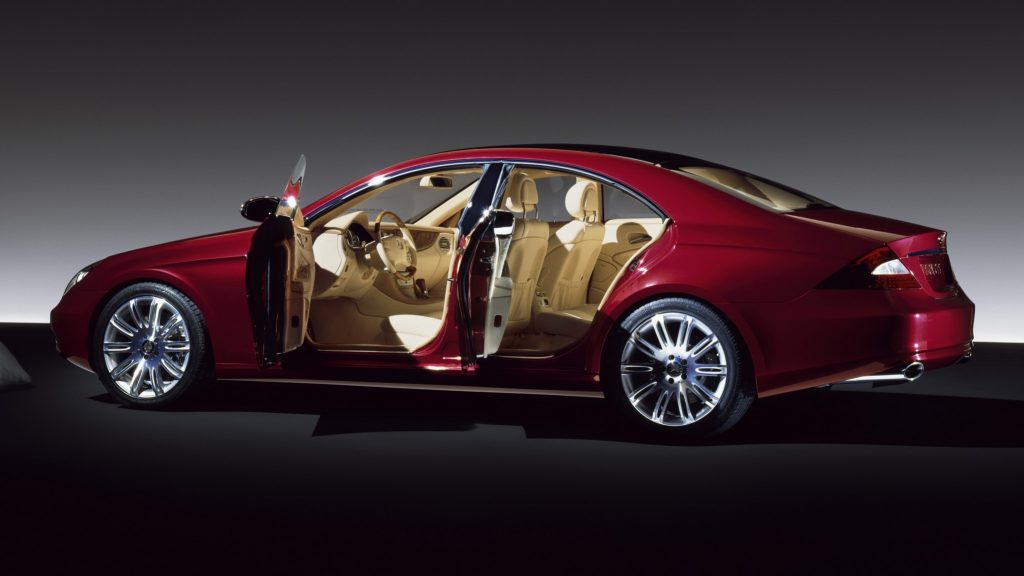
Envisioning the four door coupe
If you think that Mercedes-Benz cars are stoic and too similar today, you should stay away from its older ones. In the early 2000s, the automaker was still dipping its toes in new body styles. A and B classes were using the minivan style to attract new buyers, the R-Class was trying to make sense of the crossover fad, and the ML was the only SUV. The company wanted new paths to follow, but it did not know which ones.
When it comes to sedans, everything was going well with the C, E and S classes. However, everyone knew there was room for more. Those sedans had boxy shapes, limousine-like design, and predictable content. They were great for conservative buyers, but that is not exactly a compliment: Mercedes was missing out on younger ones, a mistake that would only become more serious as the years passed. Enter the CLS.
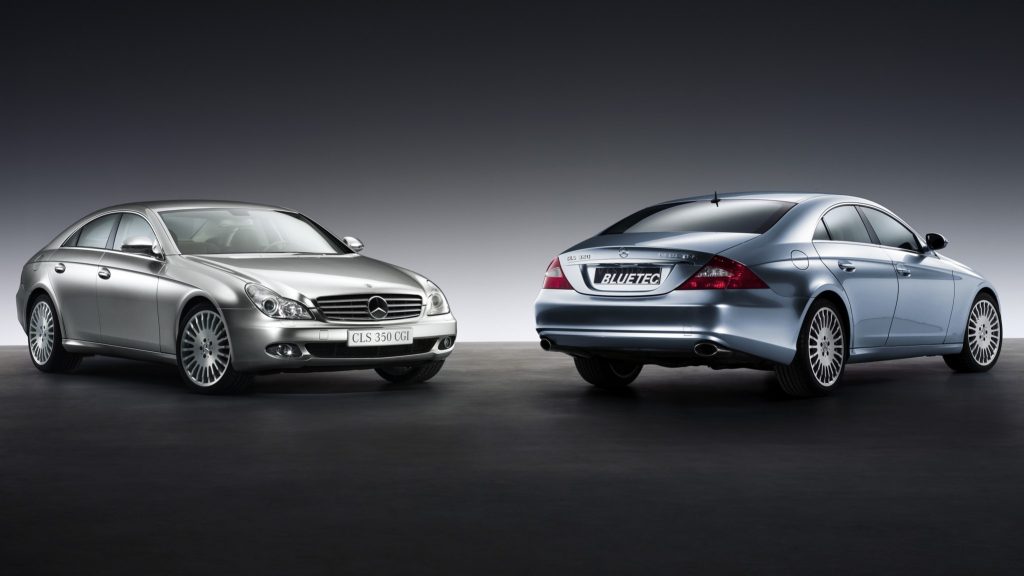
Mercedes Benz CLS (C219)
As with most body styles, all changes appear at the rear half. In the CLS, the roofline descends much more smoothly than in, say, the S-Class of that time. The C-pillars (the rearmost ones) are less upright, and the trunk lid is shorter and more inclined. It is still clearly a three-box sedan, but the transition from the cabin to the trunk is as smooth as possible without becoming a flat surface. But there is more for us to know.
Every new car poses the threat of internal competition to the existing ones in the line. Mercedes-Benz did a great job to minimize that. First of all, the use of four doors kept it far from the CLK and CL, which were typical coupés. Besides that, the CLS used the E-Class’s platform while offering content that set it closer to the S-Class. The final trick was the much sportier image than that of Mercedes’s most conservative cars.

Mercedes Benz CLS (C218)
The picture above anticipates that the four-door coupé had an evolutionary update. The second iteration used the automaker’s latest design identity to adopt stronger lines that only made it sportier. That was an important move because, by 2010, the market had already responded to the Mercedes-Benz CLS. Porsche released the Panamera and Audi the A7 in 2009. Even Volkswagen tried its chances with the Passat CC.
This generation marked the CLS’s transition from niche car to the founder of a whole category. Over time, both generalist and luxury automakers saw the four-door coupé style as a chance to revamp their sedans. After all, this is one of the few body styles that had been practically intact for decades. Those swoopy lines made them sportier and, more importantly, different from the cars our parents would drive decades ago.
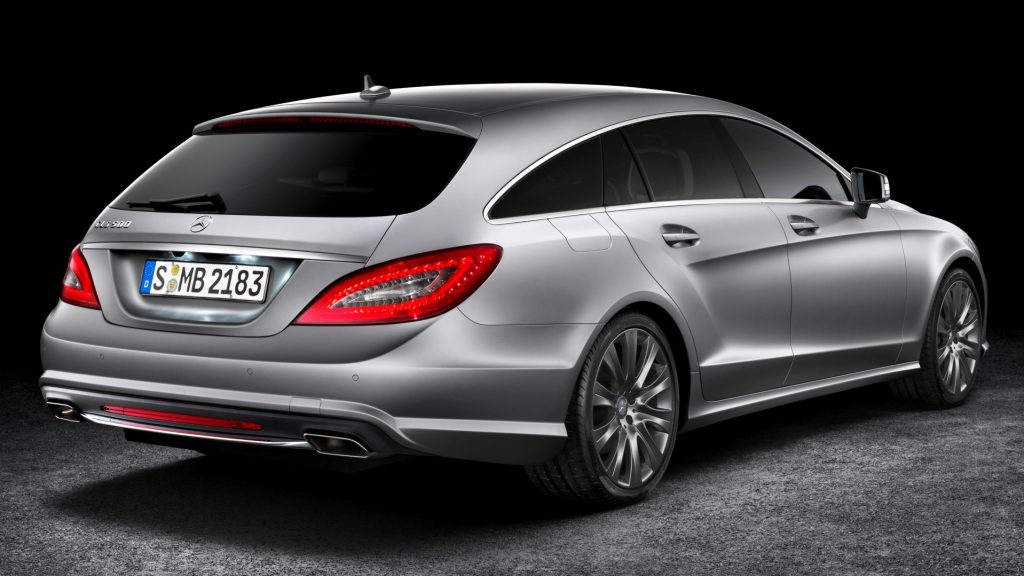
The shooting brake (X218)
In the 2010s, things were going so well that Mercedes-Benz decided to expand its offering. A natural next step would be to create a station wagon, just like C and E classes had always had. However, this was not a conventional sedan, so the new body style should not be conventional either. The long-roof CLS adopted a low and swoopy shape to become a shooting brake, a body style only popular among car enthusiasts.
Now, the main complaint about the regular CLS was that the sporty design came at the expense of lower headroom and trunk space. The four-door coupé could always get away with that because it targeted an emotional audience. When it comes to the X218 sibling, we are talking about a niche in the SW category, which was already thinning back then. Those problems and its high prices made its sales never take off.
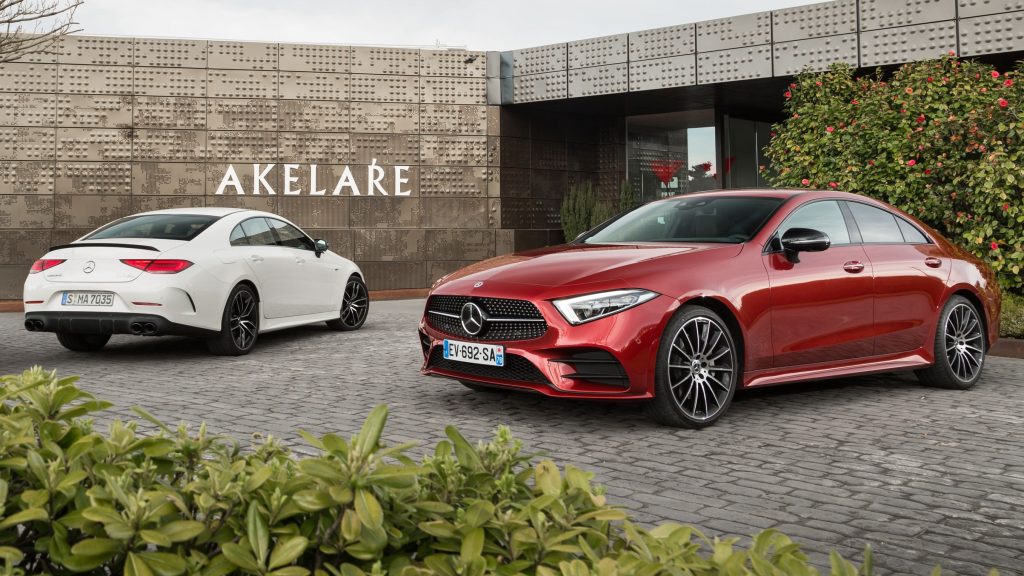
Mercedes Benz CLS (C257)
Besides the typical upgrades that come with a new generation, the only big change the CLS had for 2018 was seating five instead of four. Mercedes-Benz gave up on the shooting brake version because it had its eyes on new projects such as new SUVs and the upcoming EQ family. Unfortunately, that lack of novelties was the first sign that things were not going so well with the founder of the four-door coupé segment.
The release of a four-door AMG GT made things difficult. The CLS could not become cheaper because it would compete with the E-Class. It could not become fancier because there is an S-Class. The newcomer capped its performance potential. And both the EQS and EQE would come with a similar body style, albeit less elegant. It was only a matter of time for the company to phase out the CLS, which is happening now.
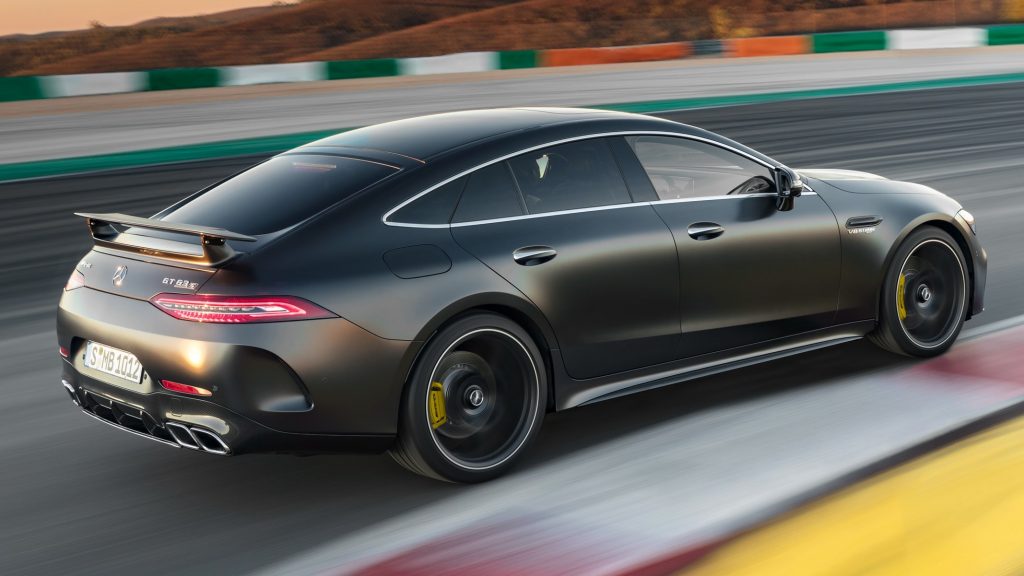
What will happen now?
First of all, keep in mind that design languages do not have that name by chance. Just like in English or in German, you can express anything as long as you respect the language’s rules for that. Otherwise, you will produce something that others will not understand. Mercedes-Benz has been facing that with its car line: there were too many cars trying to express too many things, and buyers were not understanding them.
Casual sportiness is the best way to make a four-door coupé thrive in Mercedes-Benz because that builds distance from its sedans. The maker has the whole AMG brand to focus on sportiness, but its nature is too different from the CLS. Instead of forcing it to take an entirely different image, Mercedes chose to virtually replace it with the AMG GT 4-door, which reinterprets the concept from a more suitable point of view.
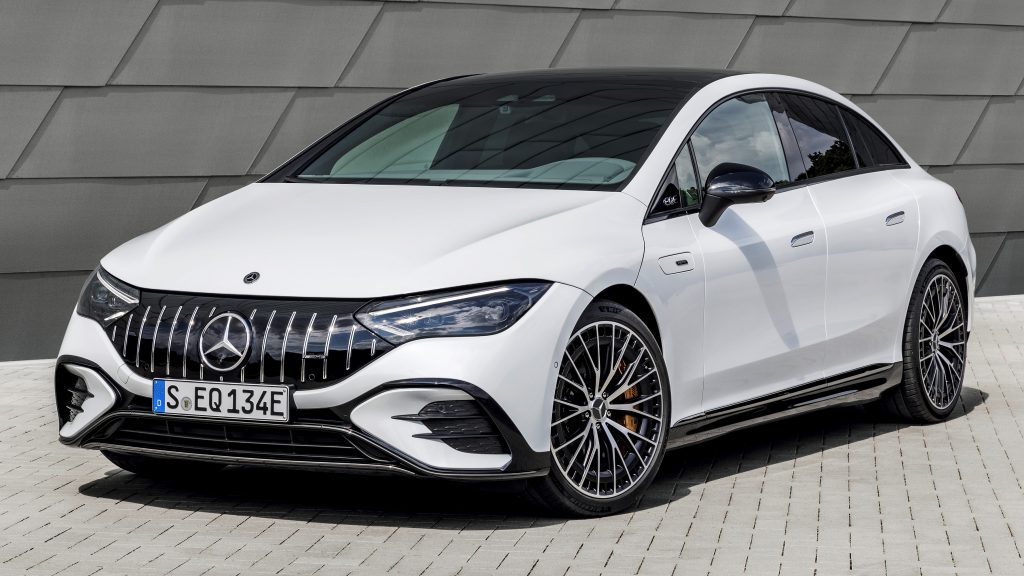
The Mercedes-Benz CLS may be going away, but it has gradually built a legacy within both its automaker and the car market in general. We can even say it has created the next big trend, something that can slow down the SUV craze of the past few years. Do you think that four-door coupé cars have, indeed, potential to thrive in the global market like that? Or do you believe that they will fade out over the next years?
You may also like
While it is sad to see the CLS go, we cannot say that Mercedes-Benz has abandoned sports-car fans. The CLE comes as a brand new coupé and cabriolet, but with a rich history!
Danillo Almeida has explored his passion for cars in two distinct ways. The first one is his graduation course in Mechanical Engineering, which will hopefully lead to a job position in the field. The other one is expressing his knowledge and opinions on the matter through writing. Almeida has already contributed to blogs, stores, and websites in general writing automotive content in many formats.

